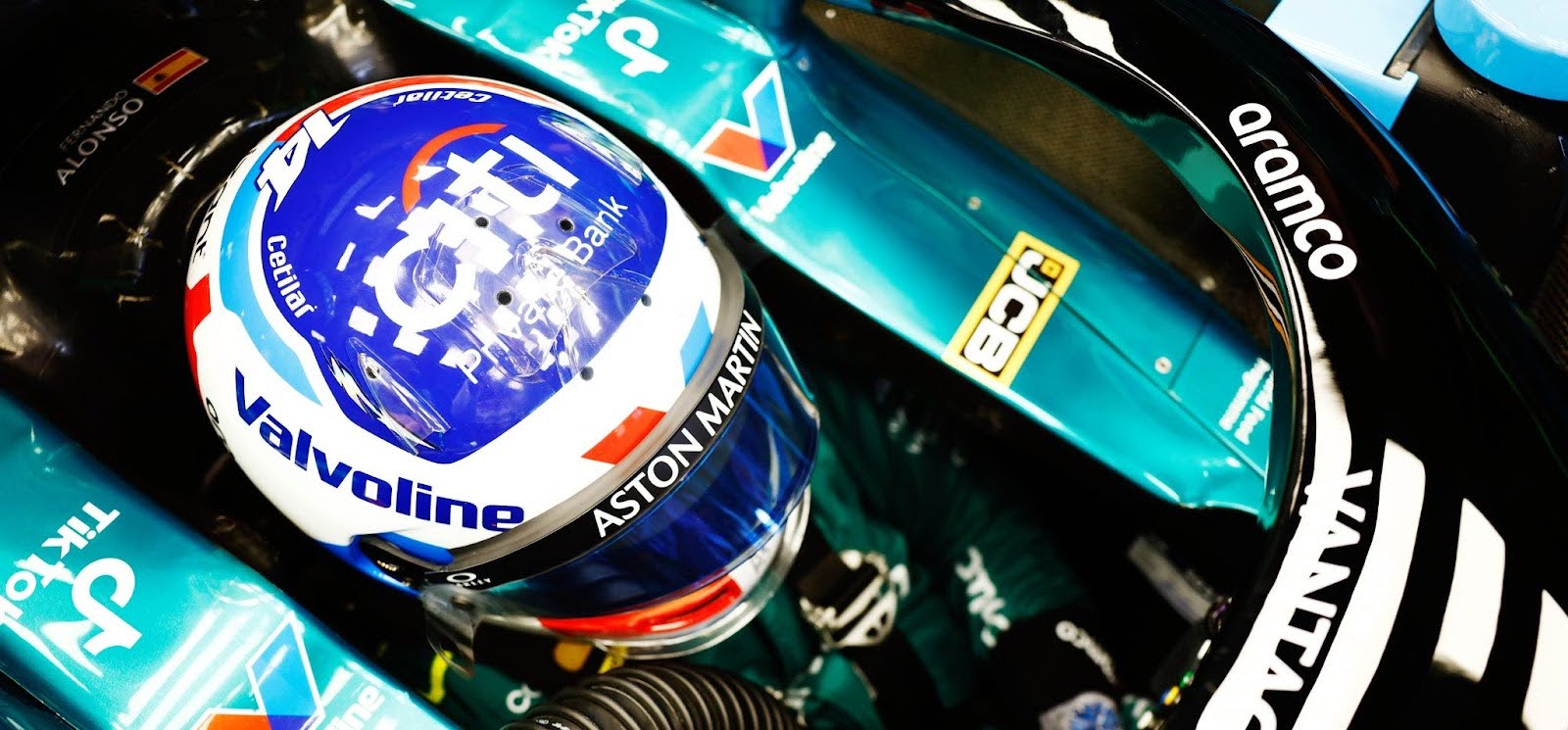Car
Formula 1 lubricants: why are Valvoline’s products so important to Aston Martin F1 Team?
by Samarth Kanal
7min read

There are more than 1,000 moving parts within a Formula 1 engine. That constant motion creates intense wear amid punishing temperatures. That’s where Valvoline, which supplies lubricant products - and is planning to supply engine and gearbox products - to Aston Martin Aramco Formula 1 Team, comes into play.

Partner content
The Aramco and Aston Martin Racing strategic partnership
Our experience in racing has taught us there is no “good enough” – only the next opportunity to increase performance whether that is on the track or off
Roger England
, vice president and chief research and development officer, Valvoline

Some lubricant suppliers even provide products to enhance pitstops

Teams are allocated just four power units per season, which means reliability is key
How lubricants can improve a team’s performance
Adding performance while ensuring reliability isn’t as easy as it seems, however.
That’s partly thanks to parasitic loss, which is a term applied to devices that take energy from the internal combustion engine and gearbox to convert that energy to motion or other types of energy.
Numerous components cause parasitic loss at the heart of an F1 car: piston rings, valve springs, transmissions, driveshafts, differentials, and more. All of these devices convert the energy produced by the combustion engine and its electrical counterparts into kinetic energy.
However, the oil pump, which is used to lubricate the engine, also causes parasitic loss as it uses engine power to keep the engine protected.
“The stress that racing in F1 puts on a power unit is exacerbated by trying to remove all the parasitic losses possible to increase power,” says England.

An oil pump uses engine power to feed lubricants into the engine, which causes a very slight drain on engine power. This is an example of ‘parasitic loss’
Everything in F1 is constantly being adjusted and tweaked for performance, and the fluids are no exception.
Roger England
, Valvoline
How long do F1 lubricants take to be developed?

Honda, who previously supplied power units to Red Bull, will become Aston Martin’s engine partner from 2026
Do F1 lubricants make it to road cars?

Valvoline’s extensive motorsport experience means it can effectively transition its F1 technology to its road-bound products


/xpb_1314694_hires.jpg?cx=0.48&cy=0.64)

.jpg?cx=0.5&cy=0.5)
